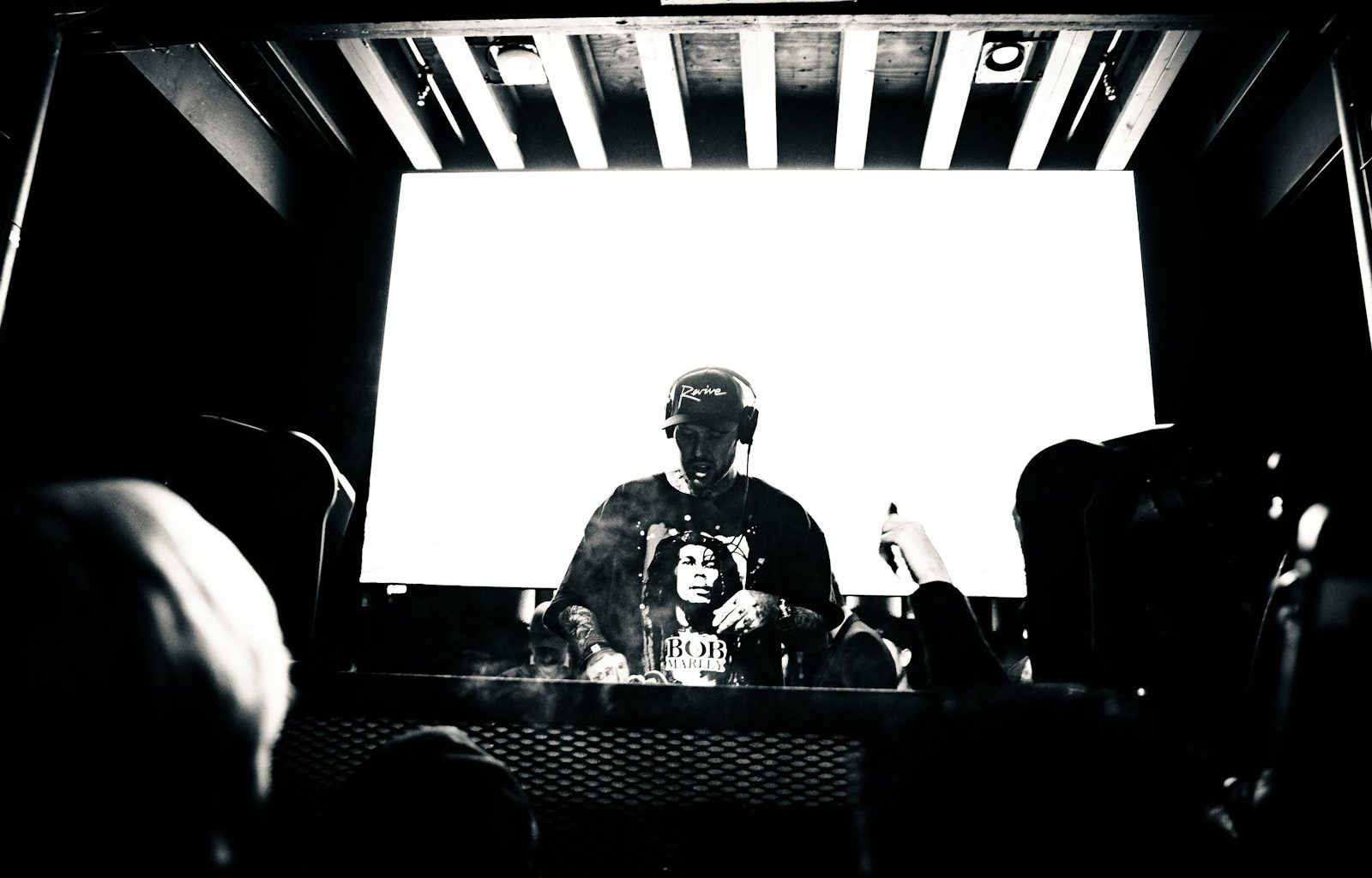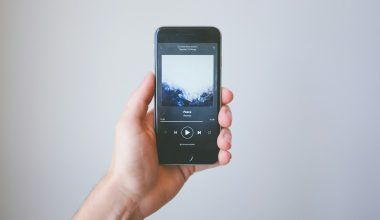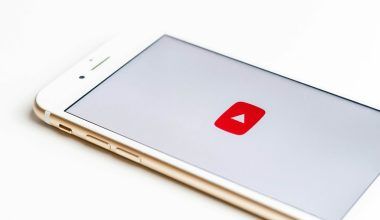YouTube has become a powerhouse for artists looking to share their music and earn revenue from it. Monetizing your single on YouTube is not just about uploading your track; it’s about using the platform’s tools strategically to maximize earnings while connecting with your audience. In this guide, we’ll take you through the entire process, step-by-step, so you can turn your single into a revenue-generating asset.
Why Should You Monetize Your Single on YouTube?
YouTube is more than a video-sharing platform. It’s one of the largest search engines in the world, and millions of people turn to it every day to discover new music. By monetizing your single, you’re not just earning from ad revenue but also gaining exposure that can lead to more streams, downloads, and even concert ticket sales. The best part? You can make money while building your fan base.
Step 1: Set Up a YouTube Channel
The first step is setting up a YouTube channel if you don’t already have one. Use your artist name for the channel to ensure it’s recognizable. Include a professional profile picture, an engaging banner, and links to your other social platforms or music distribution platforms.
Once your channel is ready, add an “About” section that reflects your identity as an artist. Talk about your music style, inspirations, and what listeners can expect. This helps viewers connect with you on a personal level.
Step 2: Join the YouTube Partner Program (YPP)
To monetize your single on YouTube, you must join the YouTube Partner Program. But first, you need to meet the eligibility criteria:
- Have at least 1,000 subscribers.
- Accumulate 4,000 watch hours within the last 12 months.
- Comply with YouTube’s monetization policies.
Once eligible, apply for the YPP by navigating to your YouTube Studio, clicking “Monetization,” and following the prompts. Ensure your account is linked to a Google AdSense account for payment processing.
Step 3: Distribute Your Single Properly
Before uploading your music, ensure it’s available through a music distribution service like CD Baby, DistroKid, or TuneCore. These services can help you register your music for Content ID, which is critical for detecting unauthorized use of your music on YouTube.
Content ID ensures you get paid when others use your song in their videos. It’s a powerful tool for passive income, and you don’t want to miss out on this opportunity.
Step 4: Optimize Your Video for Search
When uploading your single, make sure it’s optimized to reach the right audience. Use a catchy title that includes your single’s name and relevant keywords. For example: “Monetize Your Single on YouTube – [Song Title] Official Music Video.”
Add a description that includes a brief backstory about your single and its inspiration. Include links to stream or purchase the song on other platforms. Don’t forget to add tags with relevant keywords, like “music video,” “independent artist,” or “new single.”
Step 5: Upload High-Quality Content
Quality matters on YouTube. Ensure your single’s video is visually appealing and matches the vibe of your music. If you don’t have a big budget, a lyric video or a creative animation can work wonders. Many independent artists have found success with videos that focus on storytelling.
Remember to use engaging thumbnails. A thumbnail is the first impression of your video, so choose a high-quality image that entices viewers to click.
Step 6: Enable Monetization on Your Videos
Once you’re part of the YouTube Partner Program, go to the video settings and enable monetization for your single. This allows ads to appear on your video, and you earn a portion of the ad revenue. Experiment with different ad formats, such as skippable and non-skippable ads, to find what works best for your audience.
Step 7: Leverage YouTube Content ID
Content ID is a game-changer for monetizing your single. When your music is registered with Content ID, YouTube automatically identifies it in other users’ videos. You can choose whether to allow these videos to stay up and collect revenue from them or block them entirely.
For independent artists, collecting revenue from user-generated content is a significant source of income. Make sure to work with a distribution service that includes Content ID in their package.
Step 8: Promote Your Single Strategically
Promotion plays a crucial role in monetizing your single. Share your video across social media platforms like Instagram, Facebook, and Twitter. Use stories, reels, and posts to drive traffic to your YouTube video. Collaborate with influencers or other musicians to expand your reach.
Engage with your audience by responding to comments and encouraging them to share your video. The more views and interactions your video gets, the higher its chances of being recommended by YouTube’s algorithm.
Step 9: Create Playlists
Organize your channel by creating playlists that include your single. For example, you can have a playlist for “Top Singles” or “Latest Releases.” Playlists encourage viewers to binge-watch your videos, increasing your watch time and overall revenue.
Step 10: Use YouTube Analytics to Improve
Regularly check your YouTube Analytics to understand how your single is performing. Look at metrics like watch time, audience retention, and click-through rate (CTR). These insights can help you refine your strategy and create better content in the future.
Step 11: Explore Additional Revenue Streams
Monetizing your single on YouTube doesn’t stop with ad revenue. Here are other ways to earn:
- Merchandise Shelf: Sell branded merchandise directly on your video page.
- Super Chats and Stickers: During live streams, fans can pay to have their comments highlighted.
- Memberships: Offer exclusive perks to paying subscribers.
These options allow you to create multiple income streams while growing your fan base.
Step 12: Stay Consistent
Consistency is key to success on YouTube. Regular uploads keep your audience engaged and encourage YouTube’s algorithm to recommend your channel. Whether it’s behind-the-scenes content, acoustic versions of your songs, or music tutorials, consistency builds trust and boosts your revenue potential.
Conclusion
Monetizing your single on YouTube step-by-step is a rewarding process that combines creativity with strategy. By setting up your channel, optimizing your content, and using tools like Content ID, you can turn your music into a sustainable source of income. Remember, success doesn’t happen overnight, but with consistency and effort, your single can generate significant earnings while connecting you with fans worldwide.
For further reading, explore these related articles:
- The Ultimate Top Songs 2021 List: A Year in Music
- DNCE’s “Cake by the Ocean” Lyrics: A Deep Dive Into the Fun
For additional resources on music marketing and distribution, visit Deliver My Tune.






